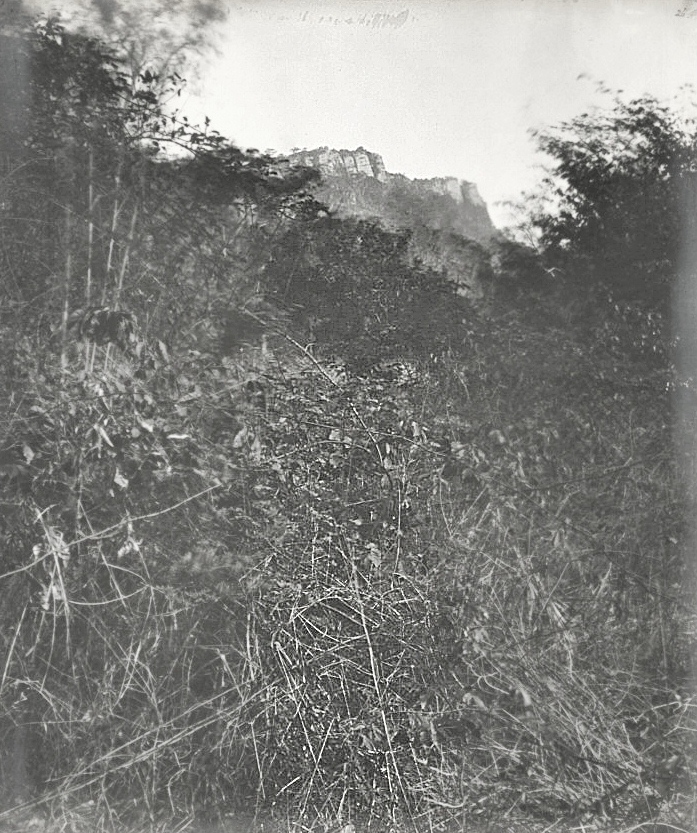Francis Bolton on:
[Wikipedia]
[Google]
[Amazon]
Sir Francis John Bolton (1831–1887) was a British Army officer, known also as a telegraphic and electrical engineer.
 On his return to England Bolton was transferred to the 12th Regiment of Foot and promoted as captain on 21 September 1860. He was for several years engaged with Captain
On his return to England Bolton was transferred to the 12th Regiment of Foot and promoted as captain on 21 September 1860. He was for several years engaged with Captain
Life
The son of Dr. Thomas Wilson Bolton, surgeon, of London and Manchester, he enlisted in theRoyal Artillery
The Royal Regiment of Artillery, commonly referred to as the Royal Artillery (RA) and colloquially known as "The Gunners", is one of two regiments that make up the artillery arm of the British Army. The Royal Regiment of Artillery comprises t ...
, in which he rose to be a non-commissioned officer, getting his first step as acting bombardier at Halifax, Nova Scotia
Halifax is the capital and largest municipality of the Provinces and territories of Canada, Canadian province of Nova Scotia, and the largest municipality in Atlantic Canada. As of the 2021 Census, the municipal population was 439,819, with 348 ...
. He obtained a commission as ensign
An ensign is the national flag flown on a vessel to indicate nationality. The ensign is the largest flag, generally flown at the stern (rear) of the ship while in port. The naval ensign (also known as war ensign), used on warships, may be diffe ...
in the Gold Coast artillery corps on 4 September 1857, and served in the expedition against the Krobo people, a small, prosperous ethnic group living east of Accra, in September, October, and November 1858, being present at the action of Krobo Heights on 18 September. He was promoted to be lieutenant on 9 November In June and July 1859 he was adjutant in the successful expedition against the Danquah rebels.
 On his return to England Bolton was transferred to the 12th Regiment of Foot and promoted as captain on 21 September 1860. He was for several years engaged with Captain
On his return to England Bolton was transferred to the 12th Regiment of Foot and promoted as captain on 21 September 1860. He was for several years engaged with Captain Philip Howard Colomb
Vice-Admiral Philip Howard Colomb, RN (29 May 1831 – 13 October 1899). Born in Knockbrex, near Gatehouse of Fleet, Dumfries and Galloway, Scotland, he was a Royal Navy officer, historian, critic and inventor. He was the son of General ...
R.N. in developing a system of visual signalling, applicable to naval and military operations, which was adopted by the authorities. He also invented and developed an application of the oxy-calcium light for night signalling. The ''Army and Navy Signal Book'' was compiled by Bolton and Colomb, assisted by an officer of Royal Engineers, and was used during the British Expedition to Abyssinia
The British Expedition to Abyssinia was a rescue mission and punitive expedition carried out in 1868 by the armed forces of the British Empire against the Ethiopian Empire (also known at the time as Abyssinia). Emperor Tewodros II of Ethiopia, ...
of 1867/8.
From 1867 to 1869 Bolton was deputy-assistant quartermaster-general and assistant instructor in visual signalling at the School of Military Engineering at Chatham, under Captain Richard Hugh Stotherd, the instructor in telegraphy. He was promoted on 8 July 1868 to an unattached majority in consideration of his services in army signalling. Bolton was largely instrumental in 1871 in founding the Society of Telegraph Engineers and Electricians, of which he became honorary secretary. He edited its ''Journal'', and was afterwards vice-president.
In 1871 Bolton was appointed by the Board of Trade under the Metropolis Water Act to be water examiner to London. He was promoted to be lieutenant-colonel on 15 June 1877, and retired from the military service with the honorary rank of colonel on 1 July 1881.
Bolton was knighted in 1884. He died on 5 January 1887 at the Royal Bath Hotel, Bournemouth, Hampshire.
Works
Bolton designed the displays of coloured fountains and electric lights which formed prominent features of the exhibitions atSouth Kensington
South Kensington, nicknamed Little Paris, is a district just west of Central London in the Royal Borough of Kensington and Chelsea. Historically it settled on part of the scattered Middlesex village of Brompton. Its name was supplanted with ...
from 1883 to 1886; they were worked from the central tower under his personal superintendence. He was the author of:
* ''London Water Supply'', 1884, of which a new edition, with an exposition of the law relating to water companies by Philip Arthur Scratchley, was published in 1888;
* ''Description of the Illuminated Fountain and of the Water Pavilion'', 1884, originally delivered as a lecture at the International Health Exhibition.
Family
Bolton married in 1866 Julia, second daughter of R. Mathews of Oatlands Park, Surrey; she survived him.Notes
;Attribution {{DEFAULTSORT:Bolton, Francis John 1831 births 1887 deaths Royal Artillery officers English engineers British colonial army officers Suffolk Regiment officers